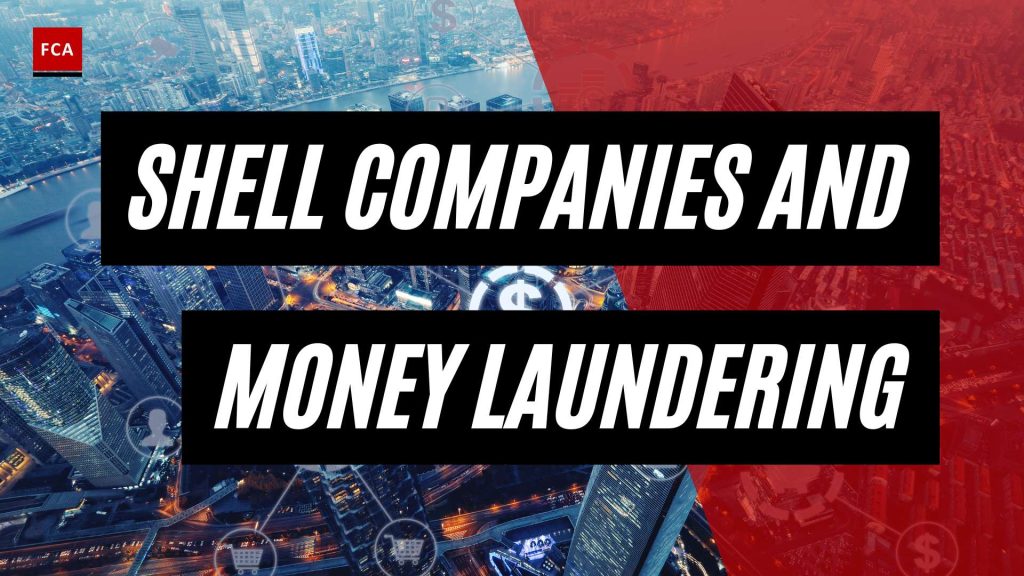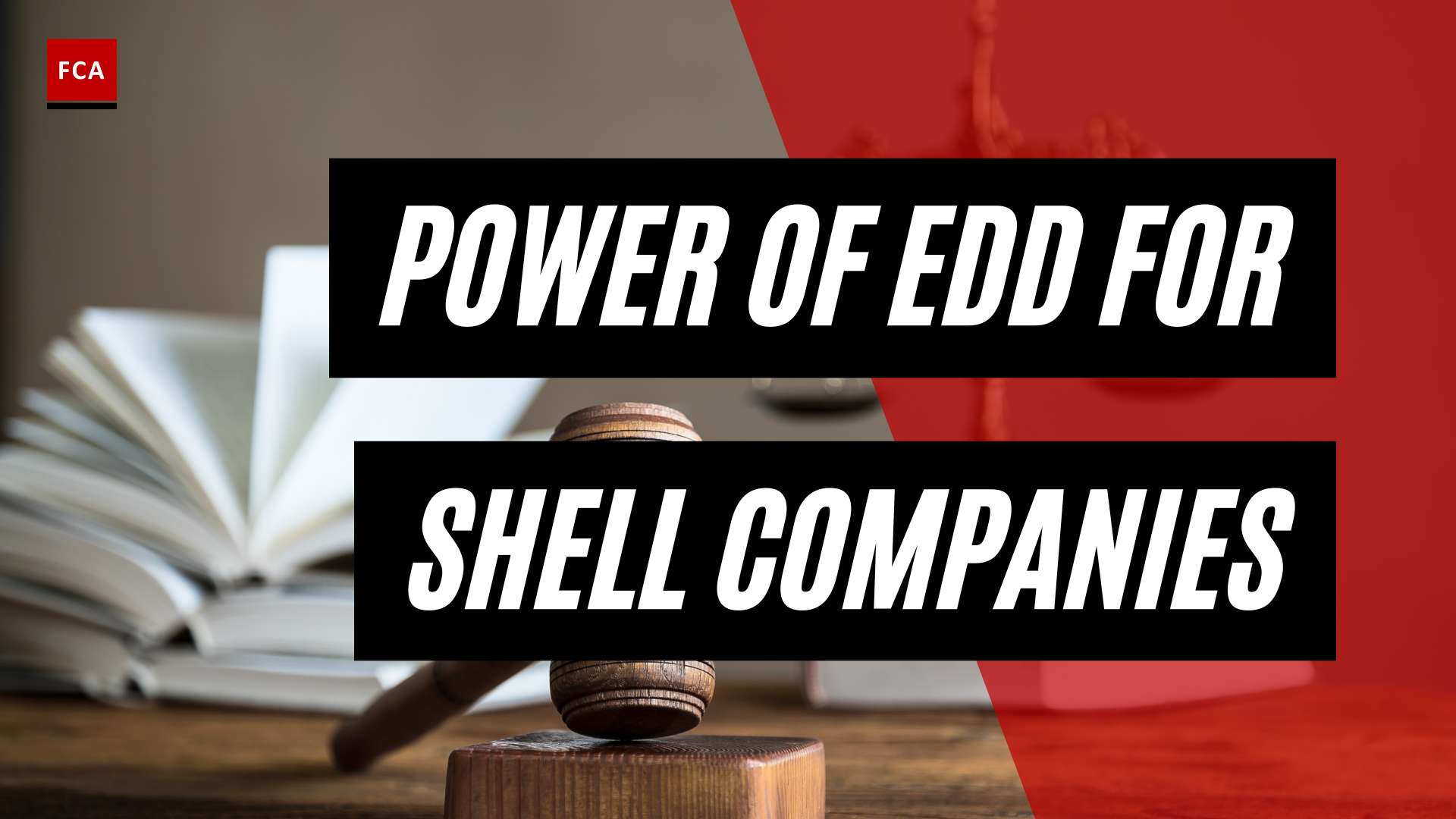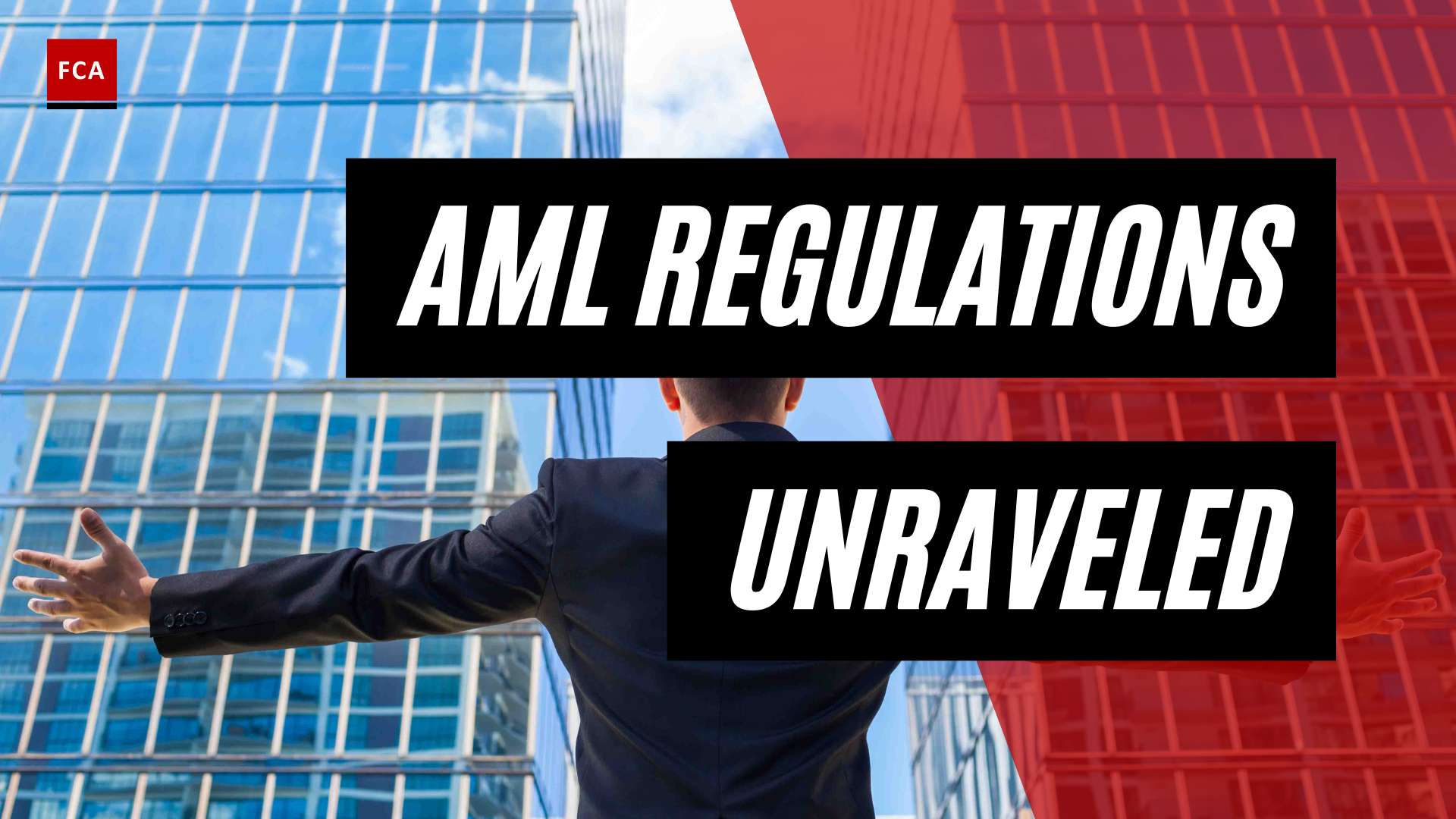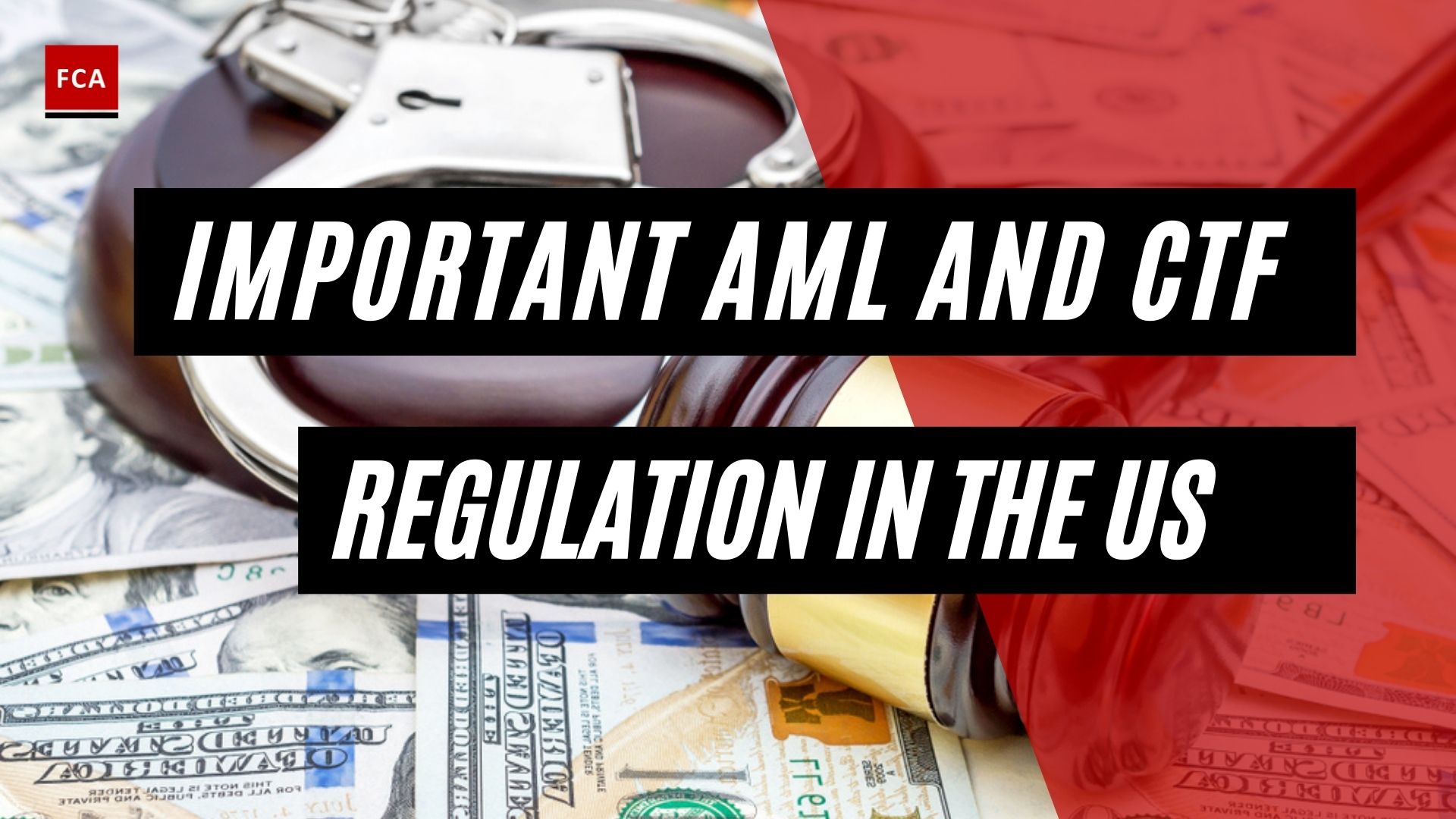Understanding Shell Companies
To comprehend the nexus between money laundering and shell companies, it is essential to first understand what shell companies are and their role in facilitating illicit financial activities.
Definition of Shell Companies
Shell companies are legal entities that lack active business operations or significant assets. They are often established for legitimate purposes, such as protecting intellectual property or minimizing tax liability. However, their anonymous nature and minimal reporting requirements also make them attractive to individuals seeking to engage in illegal activities like tax evasion or money laundering (Investopedia).
These entities serve as a legal front, providing a veil of secrecy that can be exploited by nefarious actors. Shell companies typically have few or no employees, and their primary function is to hold assets, engage in transactions, or act as intermediaries. They can be registered in jurisdictions with loose regulations, strict privacy laws, or low tax rates, allowing them to operate with minimal scrutiny (Sanctions.io).
Role of Shell Companies in Money Laundering
Shell companies play a significant role in the layering stage of money laundering, where illicit funds are concealed and transformed to appear legitimate. By utilizing shell companies, money launderers can obscure the origin of funds and create complex webs of transactions that make it difficult for authorities to trace the money trail (Sanctions.io).
Various money laundering schemes involve the use of shell companies. One common scheme is trade-based money laundering, where fraudulent invoices or over/under-invoicing of goods or services are used to move illicit funds across borders (Investopedia). Other schemes, such as round-tripping, loan backs, and real estate transactions, exploit the opaque nature of shell companies to layer and disguise the illicit origins of funds (Sanctions.io).
The risks associated with shell companies in money laundering are manifold. They allow individuals to conceal the source of funds, hindering the efforts of investigators and authorities in detecting and preventing illicit financial activities. Moreover, the jurisdictional challenges and privacy laws of certain countries can make it even more challenging to trace illegal activities conducted through shell companies (Sanctions.io). It is crucial to implement robust regulatory measures and prevention strategies to combat the misuse of shell companies for money laundering purposes.
Understanding the definition and role of shell companies is the first step in unraveling the complex relationship between these entities and money laundering. In the subsequent sections, we will explore common money laundering schemes involving shell companies, the risks and challenges they pose, notable cases, and the regulatory measures and prevention strategies employed to combat this illicit activity.
Common Money Laundering Schemes Involving Shell Companies
Money laundering schemes involving shell companies are designed to create complex webs of transactions, making it challenging to trace the origin of funds and obscure the identities of those involved. Understanding these schemes is key to combatting money laundering effectively. Here are some common money laundering schemes involving shell companies:
Trade-Based Money Laundering
Trade-based money laundering is a technique frequently used to launder illicit funds through shell companies. In this scheme, the shell company engages in trade transactions, such as importing or exporting goods or services, to create a facade of legitimate business activity. The shell company may overstate the value of the goods or services, manipulate invoices, or engage in fictitious transactions. The goal is to move funds across borders, disguise their illicit origin, and integrate them into the legitimate economy.
Round-Tripping
Round-tripping is a money laundering scheme that involves the movement of funds through a series of transactions between related entities, including shell companies. In this scheme, funds are often sent offshore to a shell company controlled by the money launderer. The shell company then sends the funds back to the launderer through a complex series of transactions, creating the illusion of legitimate business activity. Round-tripping allows the money launderer to disguise the source and destination of funds, making it difficult for authorities to track and trace the illicit proceeds.
Loan Backs
Loan backs are another method used to launder money through shell companies. In this scheme, a shell company lends money to another entity, often a related party or the money launderer themselves. The loan is then repaid, either partially or in full, through a series of transactions that appear legitimate but are designed to conceal the illicit origin of the funds. Loan backs can involve multiple shell companies, making it challenging for investigators to unravel the complex web of transactions.
Real Estate Transactions
Shell companies are frequently used in real estate transactions to launder money. By purchasing properties through anonymous shell companies, money launderers can hide the true identities of the individuals involved and the source of the funds. Real estate purchases made through shell companies provide an opportunity to convert illicit funds into seemingly legitimate assets. In some cases, high-end real estate purchases involving shell companies have been associated with suspicious buyers, highlighting the potential risks associated with this scheme.
It is important to note that while shell companies can be misused for money laundering, they also serve legitimate business purposes, such as raising capital and engaging in commercial activities (Wikipedia). Recognizing and understanding these common money laundering schemes involving shell companies is vital for effective enforcement and prevention measures. Regulatory bodies, financial institutions, and law enforcement agencies must work together to detect and disrupt these schemes to protect the integrity of the global financial system.
Risks and Challenges of Shell Companies in Money Laundering
Shell companies, with their opaque nature and lack of active business operations, present significant risks and challenges in the fight against money laundering. Understanding these risks is crucial for developing effective countermeasures. Here are three key challenges associated with shell companies in money laundering:
Concealing the Source of Funds
Shell companies are often utilized to conceal the source of illicit funds. Criminals exploit these entities to obscure the origins of money obtained through illegal activities, making it difficult for authorities to trace the money trail. The opaque ownership structures and complex web of transactions associated with shell companies create a dead-end in the investigation, hampering efforts to uncover the true source of funds.
To address this challenge, regulators and financial institutions need to prioritize the implementation of robust customer identification programs and enhance transaction monitoring systems. By ensuring proper due diligence and monitoring suspicious transactions, authorities can increase the chances of detecting and preventing money laundering activities involving shell companies.
Jurisdictional Challenges and Privacy Laws
Another challenge in combating money laundering through shell companies lies in jurisdictional differences and privacy laws. Shell companies often take advantage of jurisdictions with strict privacy regulations, making it challenging for investigators to access the necessary information and cooperate across borders. The lack of international harmonization in regulatory requirements enables money launderers to exploit regulatory gaps and conduct illicit activities through shell companies in jurisdictions with weaker oversight and enforcement mechanisms.
To address this challenge, international cooperation among financial intelligence units is crucial. Strengthening information sharing protocols and collaboration between jurisdictions can help overcome jurisdictional challenges and improve the effectiveness of investigations. Additionally, efforts to enhance transparency and share beneficial ownership information globally can contribute to a more coordinated approach in combating money laundering involving shell companies.
Difficulty in Tracing Illicit Activities
The complex and layered nature of money laundering schemes involving shell companies presents significant difficulties in tracing illicit activities. Criminals employ various techniques, such as trade-based money laundering, round-tripping, loan backs, and real estate transactions, to create multiple layers of transactions and obfuscate the source of funds. This complexity makes it arduous for authorities to follow the money trail and establish a clear connection between the illicit activities and the shell companies involved.
To address this challenge, regulators and law enforcement agencies should focus on strengthening suspicious transaction reporting mechanisms and encouraging financial institutions to be vigilant in identifying potential money laundering activities. Embracing advanced technologies like artificial intelligence and machine learning can enhance the detection capabilities of these systems, enabling more effective identification of suspicious patterns and behaviors associated with money laundering through shell companies.
By recognizing and addressing these risks and challenges, regulators, financial institutions, and law enforcement agencies can work together to develop comprehensive countermeasures and prevention strategies to combat money laundering facilitated by shell companies.
High-Profile Cases and Global Hotspots
The misuse of shell companies in money laundering has gained significant attention due to several high-profile cases that have come to light. These cases have revealed the involvement of shell companies in illicit financial activities. Additionally, certain global hotspots have emerged as common locations for these entities. Let’s explore the countries associated with shell companies and some notable cases involving their misuse.
Countries Associated with Shell Companies
Several countries and jurisdictions have been associated with the establishment and operation of shell companies used for money laundering purposes. These global hotspots have attracted attention due to their favorable legal and regulatory environments, which facilitate the creation and anonymity of such entities. Some notable countries include:
| Country | Description |
|---|---|
| British Virgin Islands | Known for its lenient regulations and tax advantages, the British Virgin Islands have been a popular location for the incorporation of shell companies. |
| Cayman Islands | The Cayman Islands have also been known for their favorable tax policies and the ease with which shell companies can be established. |
| Bermuda | Bermuda has been a preferred jurisdiction for the creation of shell companies due to its business-friendly environment and tax benefits. |
| Barbados | Barbados has attracted attention as a jurisdiction that has been exploited for the establishment of shell companies involved in illicit financial activities. |
| Switzerland | Switzerland, known for its banking secrecy laws, has been associated with the use of shell companies for money laundering purposes. |
| Wyoming (United States) | Within the United States, Wyoming has gained attention for its loose regulations regarding the establishment and maintenance of shell companies. |
Source: Sanctions.io
Notable Cases Involving Shell Companies
Several high-profile cases have highlighted the misuse of shell companies for money laundering and other illicit activities. These cases have exposed the extent to which shell companies can be used to disguise the origins of illicit funds and facilitate criminal activities. Here are a few notable examples:
-
The Panama Papers: In 2016, the release of the Panama Papers exposed a vast network of shell companies involved in money laundering and tax evasion. The leaked documents revealed the involvement of influential politicians, celebrities, and business leaders from around the world. The Panama Papers led to investigations, financial penalties, and criminal prosecutions in various countries. Approximately $500 million was collected by global tax authorities as a result of the revelations. (Sanction Scanner)
-
Real Estate Transactions: The use of shell companies in real estate transactions has been a cause for concern. Anonymous shell companies have been utilized to purchase high-end properties, particularly in major cities. In some cases, a significant percentage of these transactions involved suspicious buyers and concealed the true beneficial owners of the properties. This practice has raised concerns about the potential use of real estate for money laundering purposes. (FBI)
These examples illustrate the global impact of shell companies in facilitating money laundering and other illicit financial activities. Governments, financial institutions, and regulatory bodies worldwide have recognized the need to address this issue and have implemented measures to enhance transparency, prevent abuse, and combat money laundering.
In the next section, we will explore some of the regulatory measures and prevention strategies that have been implemented to mitigate the risks associated with shell companies in money laundering.
Regulatory Measures and Prevention Strategies
To address the risks associated with shell companies in money laundering, various regulatory measures and prevention strategies have been implemented. These initiatives aim to enhance transparency, improve due diligence practices, and strengthen anti-money laundering (AML) measures. Some key measures and strategies include the U.S. Corporate Transparency Act (CTA), efforts to enhance transparency, and due diligence and AML measures.
U.S. Corporate Transparency Act (CTA)
Starting from January 1st, 2024, the U.S. Corporate Transparency Act (CTA) will require many U.S. companies to disclose beneficial ownership information to the Financial Crimes Enforcement Network (FinCEN) Sanctions.io. This legislation aims to enhance transparency and deter money laundering through shell companies. By disclosing beneficial ownership information, authorities will have access to valuable data that can help identify and trace illicit financial activities.
Efforts to Enhance Transparency
Efforts to combat the use of shell companies for financial crimes include regulations requiring greater transparency in corporate ownership. For example, the U.S. has implemented requirements for companies to disclose beneficial ownership information to the Department of Treasury Sanction Scanner. International organizations, such as the Financial Action Task Force (FATF), have also developed recommendations for member countries to implement in the fight against money laundering and terrorist financing facilitated by shell companies.
By enhancing transparency, authorities and financial institutions can more effectively identify and investigate suspicious activities involving shell companies. This increased visibility helps to disrupt money laundering schemes and prevent the illicit flow of funds.
Due Diligence and Anti-Money Laundering (AML) Measures
Financial institutions play a crucial role in combating shell company money laundering. They are encouraged to review their AML and suspicious activity reporting programs to ensure that internal policies, procedures, controls, and training programs are designed to prevent, detect, and report possible money laundering and other financial crimes involving shell companies FinCEN.
To mitigate risks associated with shell companies, financial institutions should implement robust due diligence processes when providing services to such entities. This includes conducting thorough know your customer (KYC) procedures, verifying the identities of beneficial owners, and assessing the nature of the business activities. By understanding the ownership structure, location, and services provided by shell companies, financial institutions can better evaluate potential risks and take necessary preventive measures.
In addition to due diligence, financial institutions should leverage advanced technologies, such as transaction monitoring systems and sanctions screening tools, to detect and flag suspicious activities FinCEN. Regular training and education programs for employees on AML policies and procedures are also essential to ensure compliance and to foster a culture of vigilance within financial institutions FinCEN.
By implementing these regulatory measures and prevention strategies, authorities and financial institutions aim to strengthen the global response to shell company money laundering. These efforts contribute to a more transparent financial system and help safeguard against illicit financial activities.
Financial Institutions’ Role in Combating Shell Company Money Laundering
Financial institutions play a crucial role in combating money laundering schemes involving shell companies. By implementing robust countermeasures and prevention strategies, they can contribute to the detection and prevention of illicit activities. Here are some key aspects of their role:
Know Your Customer (KYC) Procedures
One of the primary responsibilities of financial institutions is to implement effective Know Your Customer (KYC) procedures. These procedures involve verifying the identity of customers and understanding their financial activities and risk profiles. When it comes to shell companies, financial institutions need to be particularly cautious due to the risks associated with their ownership structure, services provided, and location (FinCEN).
Financial institutions should conduct thorough due diligence to identify the beneficial ownership structures of shell companies. This involves gathering information about the individuals who ultimately control or benefit from the company. By understanding the ultimate beneficiaries, financial institutions can assess the potential risks and detect any attempts to disguise the true source of funds.
Strengthening Due Diligence Processes
To effectively combat shell company money laundering, financial institutions need to strengthen their due diligence processes. This includes conducting enhanced due diligence (EDD) for high-risk customers, such as shell companies. EDD involves gathering additional information and performing more extensive checks to assess the level of risk associated with the customer relationship.
Financial institutions should also review their anti-money laundering (AML) policies and procedures to ensure they are designed to prevent, detect, and report possible money laundering activities involving shell companies (FinCEN). Regular training programs for employees on identifying red flags and suspicious activities associated with shell companies are essential to maintain a strong defense against money laundering.
Leveraging Technology for Detection
Financial institutions can leverage technology and data analytics to enhance their detection capabilities and improve the effectiveness of their anti-money laundering efforts. Transaction monitoring systems equipped with advanced algorithms can analyze large volumes of data in real-time, enabling the identification of suspicious transactions and patterns.
By adopting technologies such as artificial intelligence and machine learning, financial institutions can automate the detection of potentially fraudulent activities involving shell companies. These technologies can help identify anomalies, flag suspicious transactions, and reduce the reliance on manual processes, enabling more efficient and accurate detection of money laundering activities.
Financial institutions should also consider leveraging sanctions screening tools to verify if any individuals or entities associated with shell companies appear on sanction lists or are politically exposed persons (PEPs) (Sanction Scanner). This enhances the ability to detect and prevent financial crimes linked to shell companies.
By implementing robust KYC procedures, strengthening due diligence processes, and leveraging advanced technologies, financial institutions can play a pivotal role in combating money laundering schemes involving shell companies. Their efforts contribute to the overall integrity of the financial system and help protect against illicit activities.
Future of Combating Shell Company Money Laundering
As the fight against money laundering continues, authorities and financial institutions are exploring various strategies and measures to combat the misuse of shell companies. In the future, key areas of focus in combating shell company money laundering will include the harmonization of regulatory requirements, stricter reporting and auditing, and the embracing of advanced technologies.
Harmonization of Regulatory Requirements
To effectively address the issue of shell company money laundering, there is a growing need for the harmonization of regulatory requirements across different jurisdictions. Currently, differences in regulatory frameworks and compliance standards allow money launderers to exploit gaps and conduct illicit activities through shell companies in jurisdictions with weaker oversight and enforcement mechanisms. By harmonizing regulatory requirements, authorities can close these gaps and create a more robust global framework to combat money laundering involving shell companies.
Stricter Reporting and Auditing
Regulatory authorities are increasingly recognizing the need to impose stricter reporting requirements and conduct regular audits to enhance transparency and deter criminals from using shell companies for illicit purposes. By imposing these measures, authorities can effectively monitor and scrutinize the activities of shell companies, making it more difficult for money launderers to hide illicit funds. Stricter reporting and auditing procedures hold accountable those involved in facilitating money laundering activities through shell companies, creating a deterrent effect.
Embracing Advanced Technologies
The future of combating shell company money laundering lies in the adoption and integration of advanced technologies. Financial institutions can leverage artificial intelligence and machine learning to strengthen their defenses against money laundering activities involving shell companies. These technologies enable institutions to analyze large volumes of data, identify patterns, and detect suspicious transactions more effectively. By embracing advanced technologies, financial institutions can enhance their ability to detect and prevent money laundering activities, ultimately safeguarding the financial system.
To effectively combat shell company money laundering, a collaborative effort between regulatory authorities, financial institutions, and financial intelligence units is crucial. Financial institutions play a vital role by implementing robust Know Your Customer (KYC) procedures, enhancing due diligence processes, and leveraging technology for detection. These initiatives work in tandem with regulatory measures to create a comprehensive framework for combating money laundering involving shell companies.
As the landscape of money laundering continues to evolve, it is essential for authorities and financial institutions to stay vigilant and adapt to emerging threats. By harmonizing regulatory requirements, imposing stricter reporting and auditing measures, and embracing advanced technologies, the fight against shell company money laundering can be strengthened, making it increasingly difficult for criminals to exploit these entities for illicit purposes.









